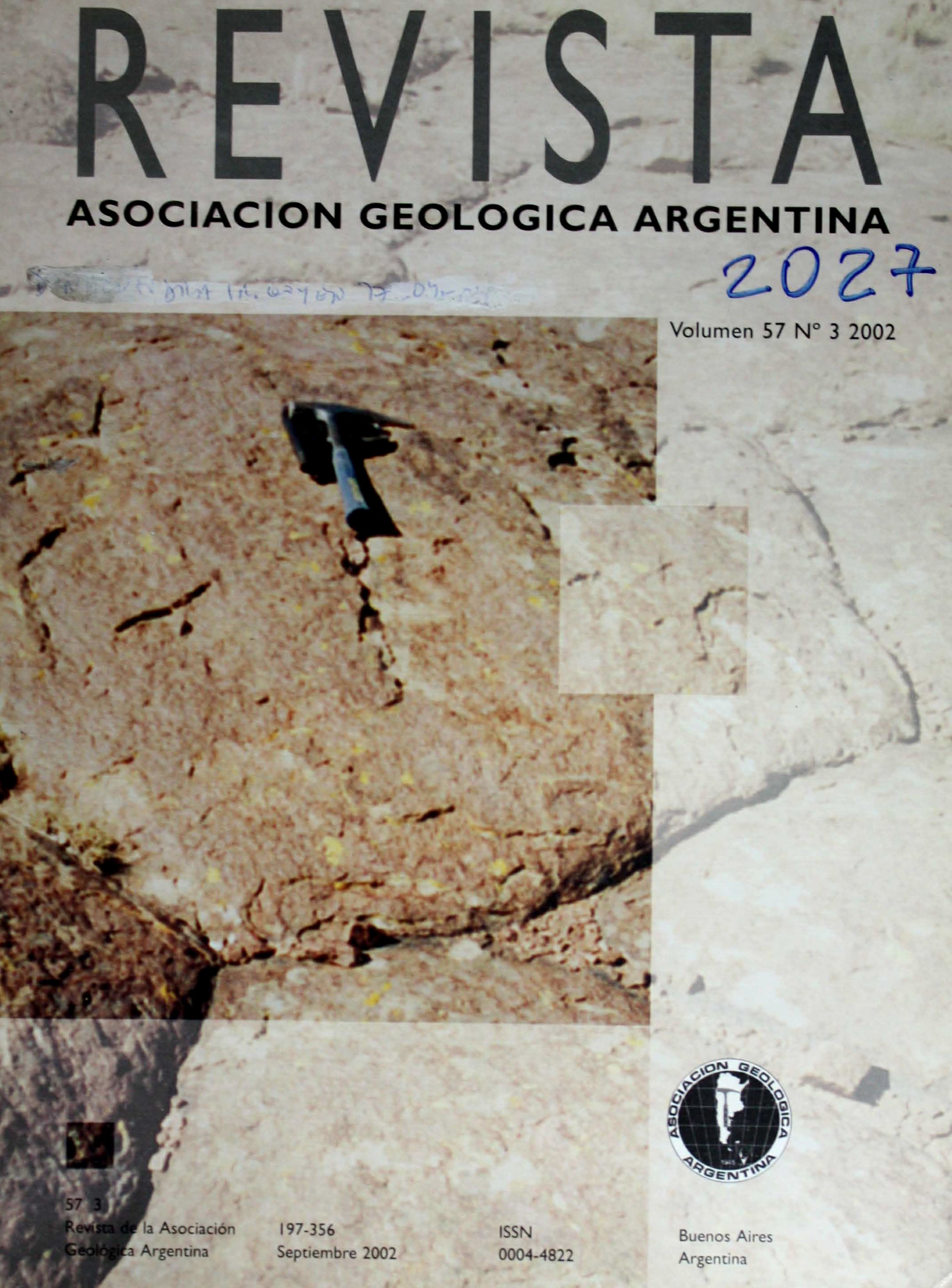Bentonite deposits of Barda Negra and Cerro Bandera, Zapala Department, Neuquén Province, Argentina.
Main Article Content
Abstract
Bentonites from the North Patagonia region can be grouped in two mineralogenic districts distinguishable on geological, geographical, and stratigraphical criteria. In this paper, we consider the Tertiary bentonites located in the western region, Zapala Department, Neuquén Province. The deposits occur in sub-horizontal lenticular beds, 2 to 15 m in thickness, most of which crop out at the surface. They lie within the Collón Curá Formation, a Miocene continental sequence of alternating tuffs and sandstones. The clay bodies are alteration products of pyroclastic glassy materials in confined wet environments, like shallow-water bodies. XRD analysis shows that a dioctahedral smectite -montmorillonite- prevails and is the only clay mineral occurring in the majority of the deposits. Accessory minerals are quartz, feldspar, plagioclase and cristobalite (opal-CT), with lesser amounts of zeolites and gypsum. Na+ is the dominant exchangeable ion, along with Ca++, Mg++ and K+. The Fe2O3 content is very high. The bentonites are good bonding agents in foundry molding sands, but their rheological and leak test properties do not match exactly with API regulations for oil-drilling muds.
Article Details

This work is licensed under a Creative Commons Attribution-NonCommercial 4.0 International License.
Nota de copyright
Los autores conservan los derechos de autor y garantizan a la revista el derecho de ser la primera publicación del trabajo licenciado según una licencia de atribución Creative Commons que permite a otros compartir el trabajo con el reconocimiento de la autoría y de la publicación en la que se publicó por primera vez.
Declaración de privacidad
Los nombres y direcciones de correo electrónico introducidos en esta revista se usarán exclusivamente para los fines declarados por esta revista y no estarán disponibles para ningún otro propósito u otra persona.

